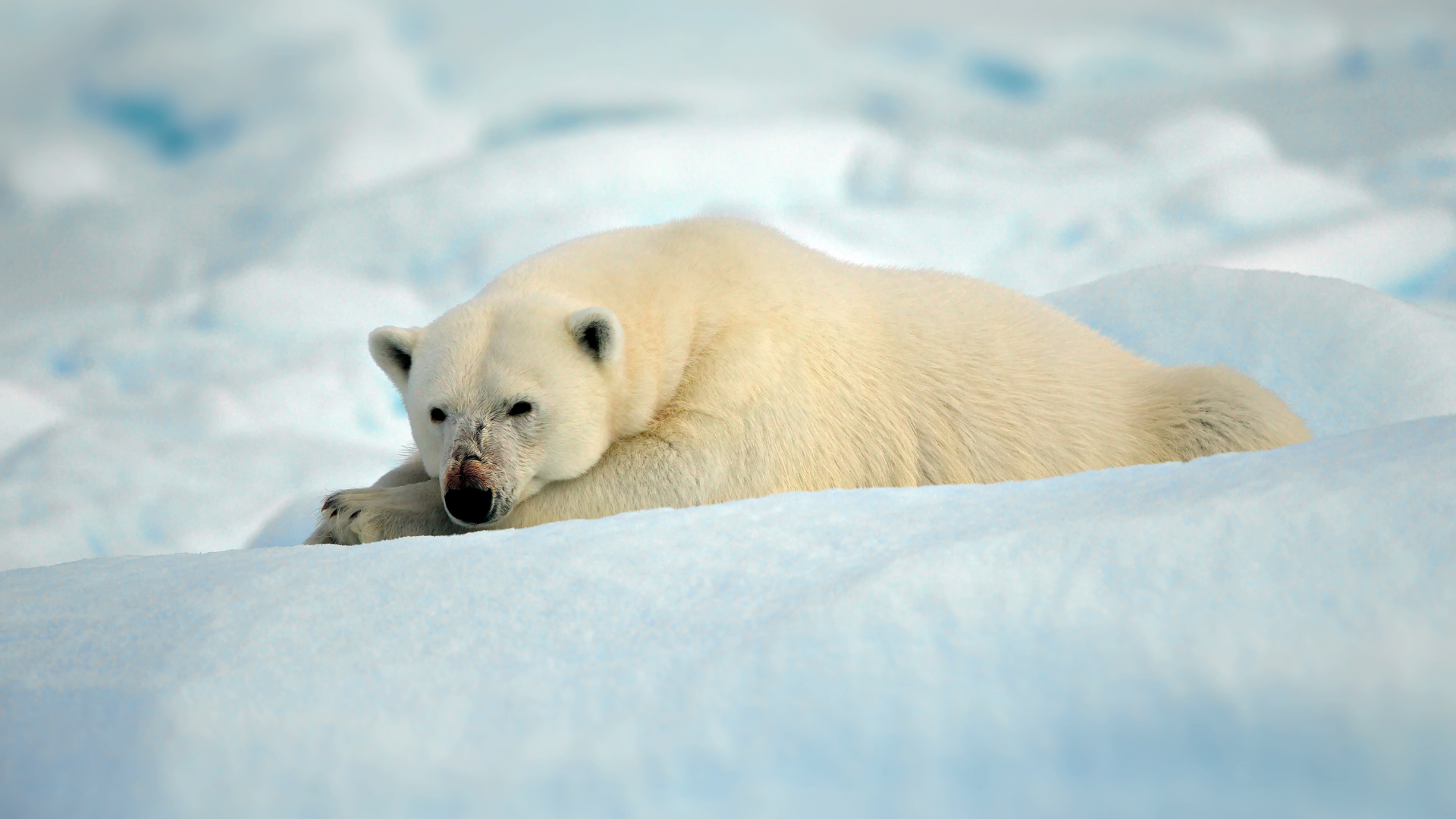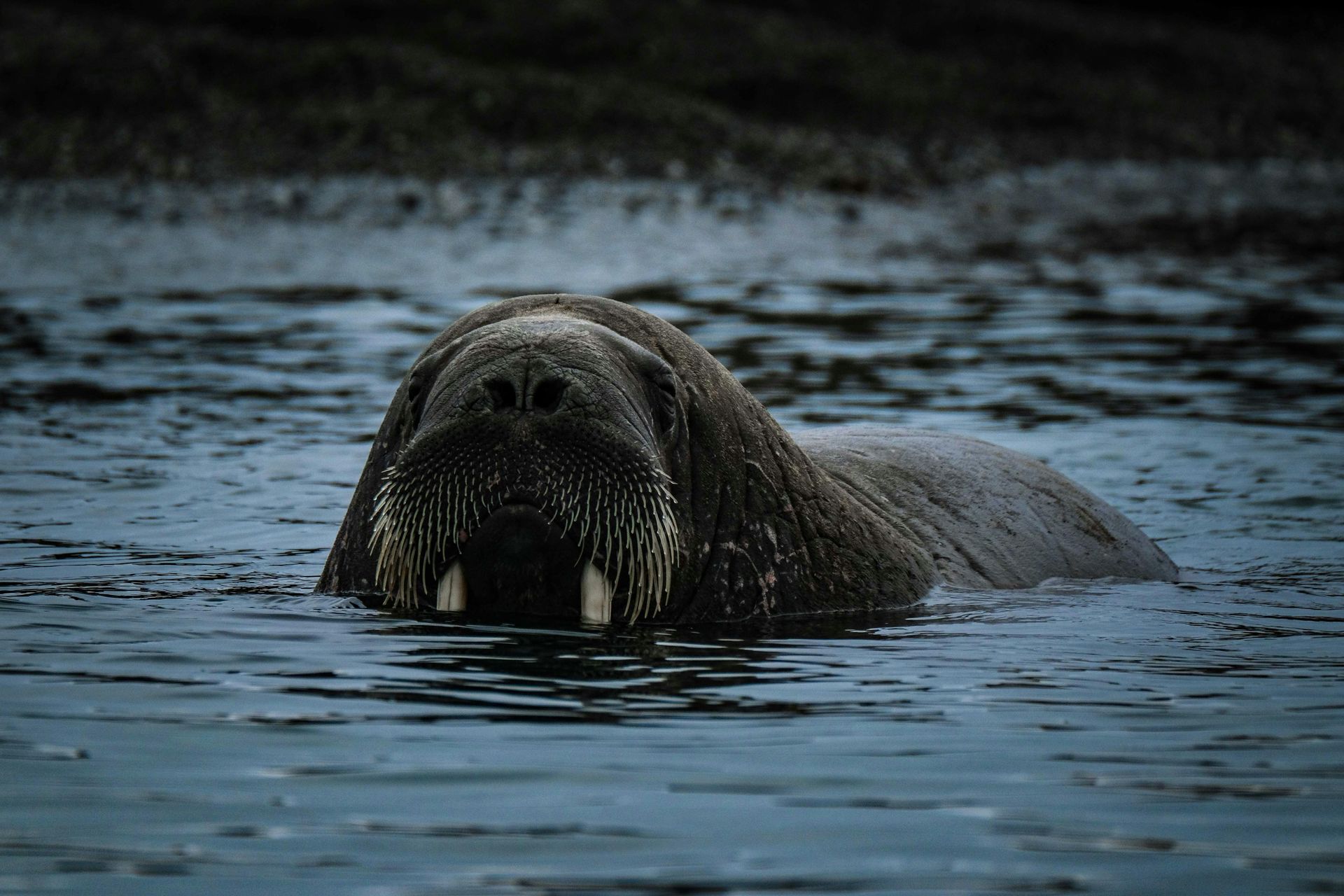Spitsbergen Wildlife in February: A Month of Transition and Activity
Spitsbergen Wildlife in February: A Month of Transition and Activity

As February unfolds in Spitsbergen, the island begins to emerge from the deep freeze of winter, and wildlife becomes increasingly active. The days lengthen, allowing for more daylight, and the changing conditions set the stage for a dynamic month of adaptation and survival. With average temperatures ranging from -18°C to -12°C (0°F to 10°F), the wildlife continues to showcase their remarkable ability to thrive in the Arctic's challenging environment.
Polar bears remain one of the most iconic species to observe during February. As the sea ice begins to stabilize, these majestic predators take advantage of the hunting opportunities available. The sight of a polar bear gracefully moving across the ice, searching for seals, is an awe-inspiring moment for visitors. Guides often lead tours to prime locations for bear spotting, providing an unforgettable experience as these powerful creatures navigate their icy domain.
February is also an important time for Arctic foxes, which can be seen hunting for small mammals under the snow. Their adaptation to the harsh conditions is remarkable; they rely on their keen sense of hearing to locate prey buried beneath the snow's surface. Travelers may have the chance to observe the foxes as they dart and pounce, demonstrating their agility and hunting prowess. The contrast of their white fur against the snowy landscape adds to the enchanting experience of wildlife watching in Spitsbergen.
Reindeer continue to roam the island in herds, and February is an excellent month to witness their behavior. As they graze on the exposed lichen and moss, their interactions within the herd can be observed. The sight of these animals moving gracefully across the snow-covered terrain, often accompanied by the sounds of crunching snow underfoot, creates a serene atmosphere. The reindeer are vital to the Arctic ecosystem, and observing their activities offers insights into their role in maintaining ecological balance.
Birdlife also begins to make an appearance in February, as migratory species start to return to Spitsbergen. While many birds remain absent during the coldest months, some seabirds and Arctic gulls begin to arrive, drawn by the promise of open waters and nesting opportunities. Birdwatchers may catch glimpses of these early arrivals, enhancing the wildlife experience as the island transitions from winter to spring.
In February, the natural landscape itself becomes a character in the wildlife narrative. The interplay of light and snow creates stunning visual displays, particularly during sunrise and sunset. The low-angle sunlight casts long shadows, illuminating the icy terrain in a soft glow. This enchanting atmosphere is heightened by the potential for spotting the Northern Lights, as clear nights provide the perfect backdrop for these mesmerizing displays.
For those keen on exploring the wildlife-rich environment, guided tours in February offer unique opportunities for adventure. From snowshoe hikes to dog sledding excursions, visitors can immerse themselves in the breathtaking scenery while observing the wildlife that thrives in this winter paradise. Knowledgeable guides share insights about the island's ecosystem, providing context for the behaviors and adaptations of the species encountered.
February is a pivotal month for wildlife in Spitsbergen, marking the transition from deep winter to the beginnings of spring. The resilience and adaptability of the animals create a fascinating spectacle, as they navigate the challenges posed by the Arctic environment. Observing polar bears, Arctic foxes, and reindeer against the stunning backdrop of the island's frozen beauty offers a profound appreciation for the wildlife that calls Spitsbergen home. Whether through guided tours or self-exploration, February invites travelers to engage with the Arctic's unique ecosystem and witness the remarkable wildlife that flourishes in this remote corner of the world.











